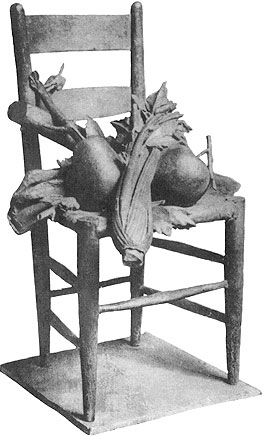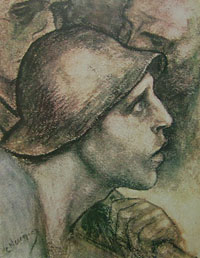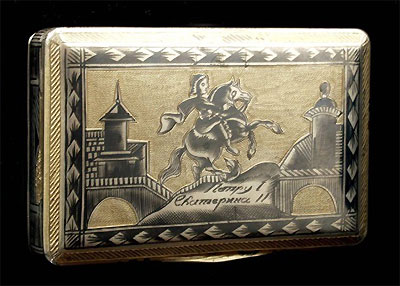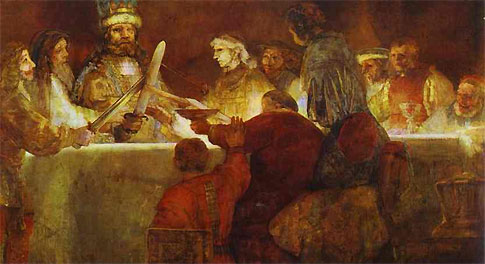distinguished by its mannerism
Chinese classical painting
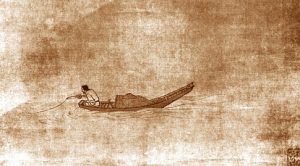 Painting of China, flourishing in the era of the Middle Ages – IV – XIX centuries of our era, it was not by chance that it took an honorable place in the world history of art. In this area of artistic culture, Chinese masters managed to leave a particularly bright mark. With extraordinary conviction, they embodied the beauty of nature, the ideas of harmony and majesty of the universe. They invested in the picture-scrolls not only personal moods, but also wisdom understandable to subsequent generations. Continue reading
Painting of China, flourishing in the era of the Middle Ages – IV – XIX centuries of our era, it was not by chance that it took an honorable place in the world history of art. In this area of artistic culture, Chinese masters managed to leave a particularly bright mark. With extraordinary conviction, they embodied the beauty of nature, the ideas of harmony and majesty of the universe. They invested in the picture-scrolls not only personal moods, but also wisdom understandable to subsequent generations. Continue reading
Egyptian ostracon drawings
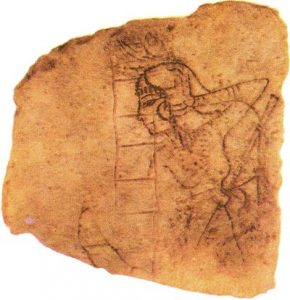 In the art of ancient Egypt there are monuments that make up a special group. These are works of graphics – drawings on the boards. The Greek word “ostracon” literally means a shard, a fragment of ceramics. However, in relation to the art of ancient Egypt, it has a more capacious meaning. This word is commonly understood as drawings made not only on fragments of ceramics, but mostly on chipped stone (usually limestone), less commonly wood, that is, on material that was always at hand with masters engaged in decorating the tombs of the Theban necropolis — painting walls , manufacturing of statues and items of funeral inventory. Continue reading
In the art of ancient Egypt there are monuments that make up a special group. These are works of graphics – drawings on the boards. The Greek word “ostracon” literally means a shard, a fragment of ceramics. However, in relation to the art of ancient Egypt, it has a more capacious meaning. This word is commonly understood as drawings made not only on fragments of ceramics, but mostly on chipped stone (usually limestone), less commonly wood, that is, on material that was always at hand with masters engaged in decorating the tombs of the Theban necropolis — painting walls , manufacturing of statues and items of funeral inventory. Continue reading
Pre-Raphaelite Brotherhood
 For a proper understanding of the pre-Raphaelite movement, it is necessary to identify the difference between its individual stages, which stretched over several decades. It should be noted that many foreign historians and critics of art are silently ignoring or deliberately distorting its progressive line, trying to limit the rebelliousness of the Pre-Raphaelites to a purely artistic field.
For a proper understanding of the pre-Raphaelite movement, it is necessary to identify the difference between its individual stages, which stretched over several decades. It should be noted that many foreign historians and critics of art are silently ignoring or deliberately distorting its progressive line, trying to limit the rebelliousness of the Pre-Raphaelites to a purely artistic field.
In September 1848, seven young men, students of the school of the Royal Academy of Fine Arts in London, formed a “Pre-Raphaelite brotherhood” with the goal of making a revolution in English art. Continue reading
